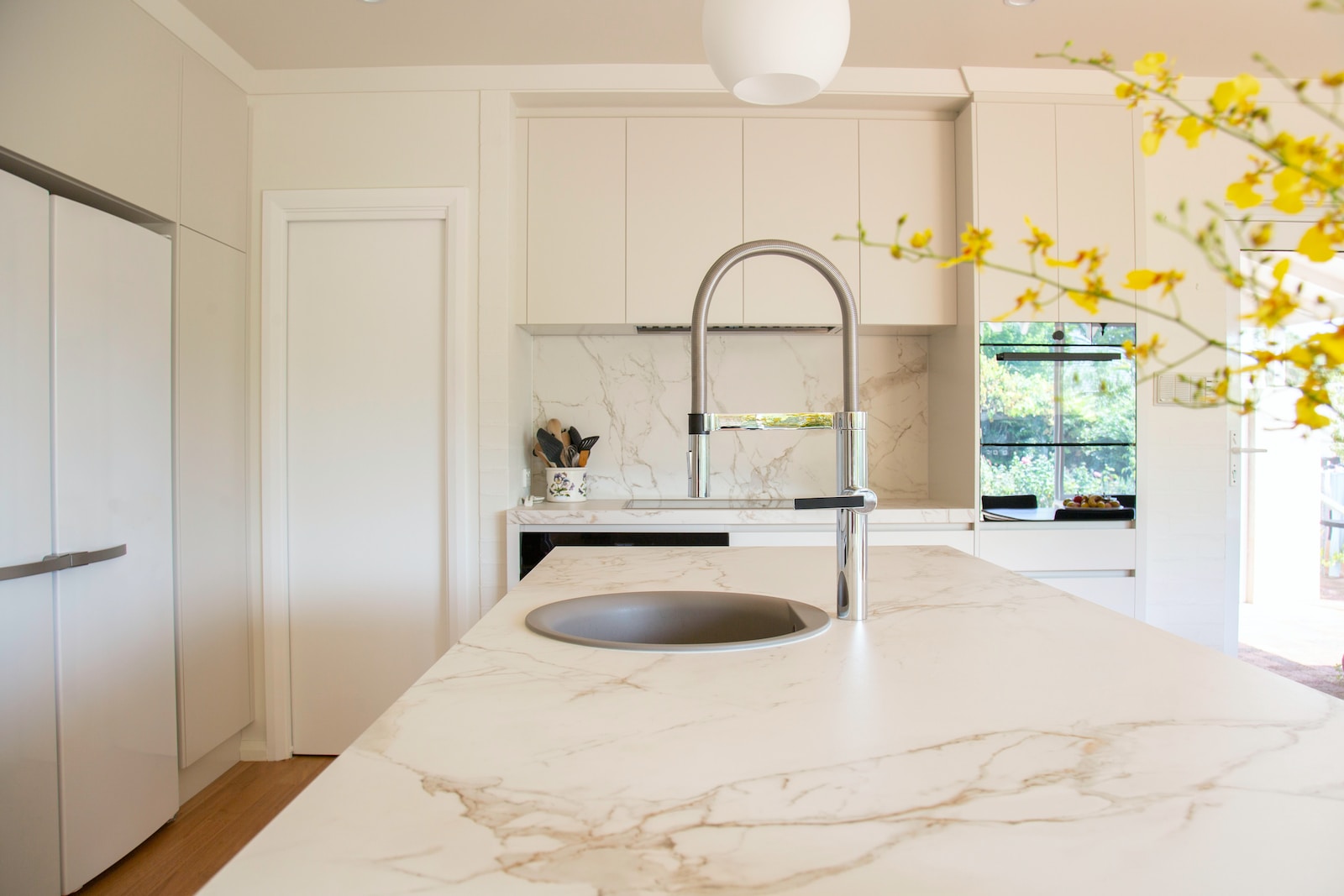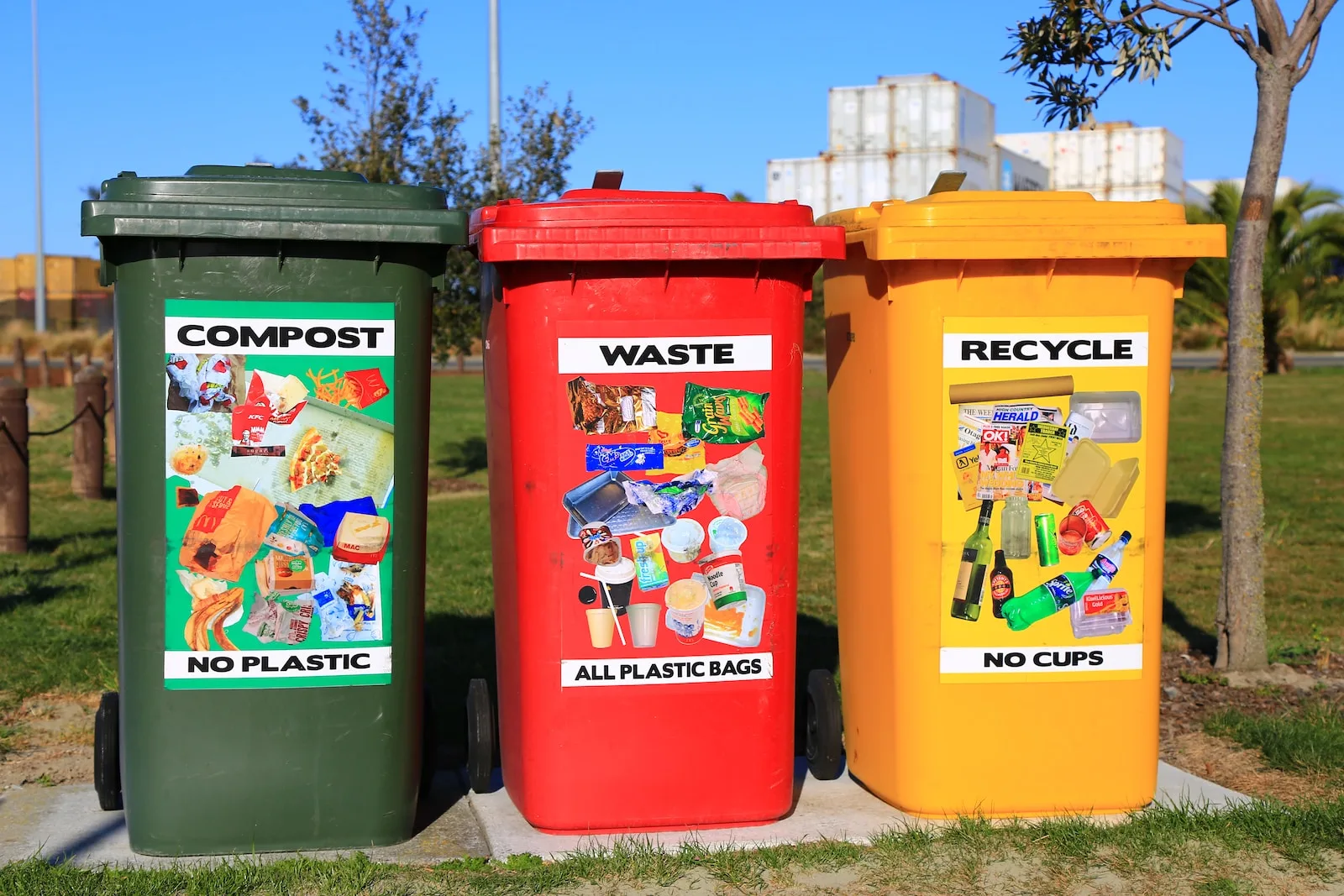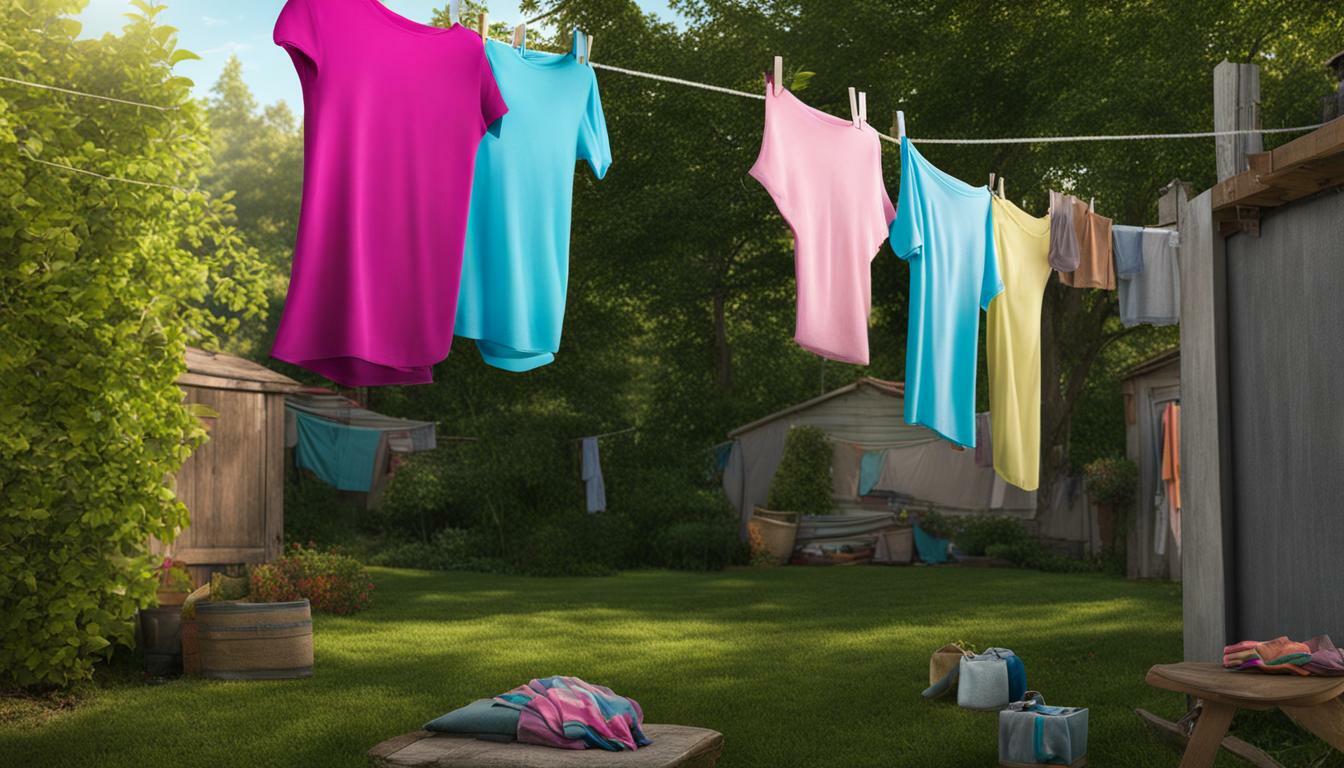Unveiling the Aesthetic Allure of Marble and Granite Countertops
In a symphony of design where every element harmoniously contributes to the melody, marble and granite countertops strike a particularly resonant chord. Their enduring allure is akin to an enchanting sonnet, evergreen and always in fashion.The beauty of these natural stones lies in their unique patterns, with each slab boasting an individual swirl of colors that is a veritable feast for the eyes. From opulent clouds of white marble crisscrossed with veins of deep grey to speckled granite offering an earthy charm, countertops made from these materials are nothing short of art pieces gracing your home.
The Contemporary Charm: Why Marble and Granite Reign Supreme in Modern Homes
Apart from their aesthetic appeal, there’s another reason why marble and granite are seemingly omnipresent in stylish homes – their versatility. These natural stones have found favor among discerning homeowners who believe that good design need not sacrifice functionality.Endowed with prodigious durability (especially in the case of granite), they prove resistant to most daily wear-and-tear. Moreover, their timeless look seamlessly fits into diverse design aesthetics, whether you’re aiming for urbane sophistication or rustic charm.
Marble and granite bring more than just a touch of luxury to modern homes; they add value too. Not only do they elevate your kitchen or bathroom’s visual quotient but also command a higher resale value for your property—a testament to their enduring popularity.
Marble vs Granite: The Basics
Unveiling the Mystery: What is Marble?
If you’ve ever admired a grand Italian statue or gazed at the gleaming floor of an ancient cathedral, you’ve likely been mesmerized by marble – a captivating metamorphic rock. Marble begins its life as limestone or dolomite. It undergoes an alchemical transformation deep beneath the earth’s surface where heat, immense pressure, and time meld these base rocks into the crystalline beauty we call marble.
The Chameleons of Stone: Types of Marble
Marble exudes an elegance that’s hard to match, and it comes in a fascinating array of types. The purest form is white marble, like the renowned Carrara marble from Italy — a favorite of sculptors since antiquity due to its softness and resistance to shattering. Then there’s Calacatta with bold veining that can range from gold to dark brown set against a creamy white backdrop. Emperador marble from Spain offers hues from lighter tans to deep mochas while green serpentine ‘marbles’ give any space an edgy touch.
Getting to Know Granite: Birth of a Rock Star
Now let’s turn our attention to granite – another superstar in the realm of countertops. Formed over millions of years from compressed molten rock under the Earth’s surface, granite is incredibly hard and equally alluring. Its formation process imbues it with distinctive characteristics such as its granular appearance.
Rainbow Rocks: Types of Granite
Just like our friend marble, granite showcases quite a variety in color and pattern based on its mineral composition — hence ‘Rainbow Rocks.’ For instance, Imperial Red stands out with its vivid red tones interspersed either with blue or black flecks – for those who fancy making bold statements in their homes! Then there’s Santa Cecilia Light granite boasting beige tones speckled with golds and browns for lovers of subtlety. Moreover, Blue Pearl captivates with strikingly beautiful bluish-gray shimmering flecks against dark blue background — perfect for adding some mystique into any space!
The Tug of War: Durability, Cost, Aesthetics
Pondering over the decision of marble versus granite countertops can feel like a daunting task. They may seem similar to the untrained eye, but they each bring their own strengths and weaknesses to the table. Let’s start with durability. Granite steals the show in this department as it is intrinsically hardier. Its propensity to withstand kitchen calamities – such as hot pots being placed directly on it or knives accidentally scratching its surface – makes it a durable darling among homeowners. On the contrary, marble is softer and more porous; hence more prone to stains and scratches. However, with regular sealing and mindful usage, its beauty can be preserved. Moving onto cost – both are considered high-end materials but granite often comes with a slightly friendlier price tag than marble.
The cost difference typically stems from the fact that some marbles are rarer than others which drives up their price. Aesthetically speaking, beauty lies in the eyes of the beholder! Marble offers an elegant veining pattern that screams luxury while granite provides a more granular appearance for those who prefer subtler sophistication. Both stones have extensive color options meaning you’re likely to find something that fits your style regardless of your choice.
Finding Your Stone Soul Mate: Which One’s for You?
The ultimate question still stands — marble or granite? The answer isn’t cut in stone (pun intended) as your unique needs should dictate your choice. If you’re one who enjoys spending time concocting culinary delights in your kitchen and prefers sturdiness over aesthetics — then go for granite! It’ll tolerate those accidental spills better than its marble counterpart. If tradition sways your heartstrings more so than practicality or if pure opulence is what you’re going after — opt for marble! Be warned though; this fancy friend will need some TLC! Both bring much to celebrate in terms of strength, value for money, and aesthetic appeal when used correctly within their capabilities.
Avoiding common cleaning blunders with marble countertops: Dodging the Marble Mayhem
Let’s dive into the enigmatic world of marble maintenance by first addressing an essential aspect — avoiding common cleaning mistakes. Marble, as beautiful and luxurious as it is, requires a certain level of tender love and care to keep its lustrous appearance. A critical blunder many homeowners make is treating marble like any other stone countertop, using harsh cleaners or aggressive scrubbing tactics that can dull the surface sheen or worse—etch the marble.
The “no-no” list – things to avoid while cleaning marble: Danger Zone Detection
Knowing what not to do when cleaning your marble countertops can be just as essential as knowing what you should do. First on the “no-no” list are acidic substances. Anything with a low pH such as vinegar, lemon juice, or certain types of bathroom cleaners is a big no. These substances can react with the calcium carbonate in your marble, resulting in etching — those pesky dull spots that no one likes!
Another item on this list would be using abrasive cloths or pads for cleaning; they may cause scratches and take away from the beauty of your countertops. Never leave spills unattended – particularly dark liquids like red wine.
The “yes-yes” list – approved cleaning methods for marble: Pathway to Pristine Perfection
Now that we’ve covered all the don’ts let’s navigate towards the ‘do’s’. When it comes to maintaining that opulent shine on your marbles surfaces always opt for pH-neutral cleaners; they are mild yet effective at tackling grime without damaging your countertop. Soapy water can also work wonders; sometimes simplicity truly is key! Just ensure you rinse thoroughly after each clean to prevent soapy build-up. As for stubborn stains? A homemade poultice concocted from baking soda and water might just save you from despair. And remember — when drying off your countertops after a nice clean session, always opt for soft towels over rough ones.
Cleaning Chronicles Part II – The Granite Grooming Guide
Escaping the Traps: Dodging Common Cleaning Mistakes with Granite Countertops
Unquestionably, granite countertops add a touch of elegance and resilience to any kitchen or bathroom. These rock stars are known for their durability, but that doesn’t mean they’re invincible. Harmful cleaning practices can still mar their beauty and compromise their lifespan. It’s not uncommon for homeowners to fall victim to detrimental cleaning myths that do more harm than good. For instance, many believe that abrasive cleaners are the way to go when dealing with stubborn stains on granite. However, these harsh substances can scratch your stony superstar, dulling its shine over time. Similarly, using excessive water won’t make your countertops cleaner; instead, it could seep into unsealed or cracked areas causing damage.
Steering Clear of Rocky Roads: The “Avoid-at-all-costs” List for Granite Cleaning
The path to maintaining granite’s glamour is dotted with potential pitfalls that need absolute avoidance. Topping this list is vinegar or any other acidic substances like lemon juice or wine. They can etch the surface of your countertop leading to unsightly marks and dullness. Moreover, avoid using generic bathroom, grout, tub & tile or even glass cleaners since they often contain acids and may cause discoloration over time Indeed, even some products advertised as ‘granite-safe’ may not genuinely be so due to lack of proper regulations in this industry niche. Furthermore, resist the temptation to ignore spills – prompt cleanup is key! While granite may not stain as quickly as marble due to its lower porosity rate – certain substances like oil can leave a mark if left unattended.
The Green Light: The “Go-for-it” List – Safe Ways To Clean Your Granite
Now let’s get down our treasure trove of approved cleaning methods for preserving your granite’s grandeur. A simple yet effective daily cleaning routine involves warm water and mild dish soap followed by a thorough drying with a microfiber cloth. For deeper cleaning or tackling stubborn stains, consider using dedicated stone-safe cleaners available in the market which are appropriately pH balanced.
Remember though – less is more! Over-applying these products won’t make them work better; conversely it might result in residue buildup leading to an unwelcome dull look on your countertop.
Yet importantly – sealing matters! Usually performed annually (or more depending upon usage & wear), appropriately sealing your granite helps protect it against stains and prolongs its beautiful life.
Protection Plan – Sealing Your Countertops
The Unveiled Secrets of Marble Sealing
Now, let’s spill the beans regarding marble sealing. This step is of paramount importance and can be considered a form of insurance for your countertop. The process involves applying a protective sealant that penetrates the porous surface of marble to guard against potential staining and etching from acidic substances like lemon juice or wine. It’s like providing your countertop with an invisible shield! To properly seal your marble, ensure you start with a clean, dry surface. Apply the sealant as per its instructions – generally, it’s spread evenly across the surface, left to penetrate for a specific duration (often about 15 minutes), and then wiped off any excess. This process should ideally be repeated every year. However, if you notice water soaking into your marble instead of beading up on its surface, that’s your cue to reapply the sealant without delay.
Navigating Through Granite Sealing Strategies
Stepping onto granite territory now! Like its elegant cousin ‘marble’, granite also enjoys longevity with proper sealing due to its porous nature. Happily though, granite is less prone to staining and etching than marble because it’s denser. The sealing strategy for granite is quite similar to that for marble. After ensuring an immaculately clean and dry countertop, apply your chosen sealant thoroughly across the entire surface area. Let it soak in as directed on the package before wiping away any residual product.
Pro tip: Don’t forget about those edges! Now here’s some good news – typically, granite needs resealing less often than marble; about every two years should do the trick.
Mind you; all stones do not behave identically – some granites might be so dense they don’t require sealing at all while others may need more frequent attention! So pay heed to how quickly water gets absorbed into your stone – if it sinks in rapidly instead of forming beads on top within 15-30 minutes – arm yourself with that sealant bottle again!
The Tale of Two Stones: Marble and Granite
As we’ve traversed through the geological wonders of marble and granite, we find ourselves richer in knowledge about these magnificent stones. Both sculpted by nature itself, marble and granite are akin in their origins, yet distinctly unique in their aesthetics and physical traits.
Marble’s divine elegance and softer constitution make it a dreamy choice for those captivated by its ethereal beauty. Granite, on the other hand, with its rugged charm and formidable strength strikes a chord with those seeking durability above all else.
Final Thoughts: Embracing Your Rock Reality
As we bid adieu to our rock talk, remember that no stone is inherently superior to the other; rather it’s about finding what aligns with your needs, personal style, and maintenance capabilities. Whether you’re drawn to the refined splendor of marble or you’re enthralled by granite’s tough resilience– you now possess a treasure trove of knowledge to guide your decision-making process. Furthermore, armed with our cleaning chronicles for both marble and granite countertops, rest assured that you can keep your countertops sparkling for years to come!
…
With this exploration into the world of marble and granite countertops complete, hopefully it has illuminated an often confusing path lined with many options. Whatever decision you make for your home will surely add a touch of timeless elegance or sturdy grace that will endure for years.
Just remember – treat them right with appropriate cleaning methods -and they’ll return the favor tenfold! Keep exploring, keep learning – because every stone has a story just waiting for you to discover!
 Skip to main content
Skip to main content


